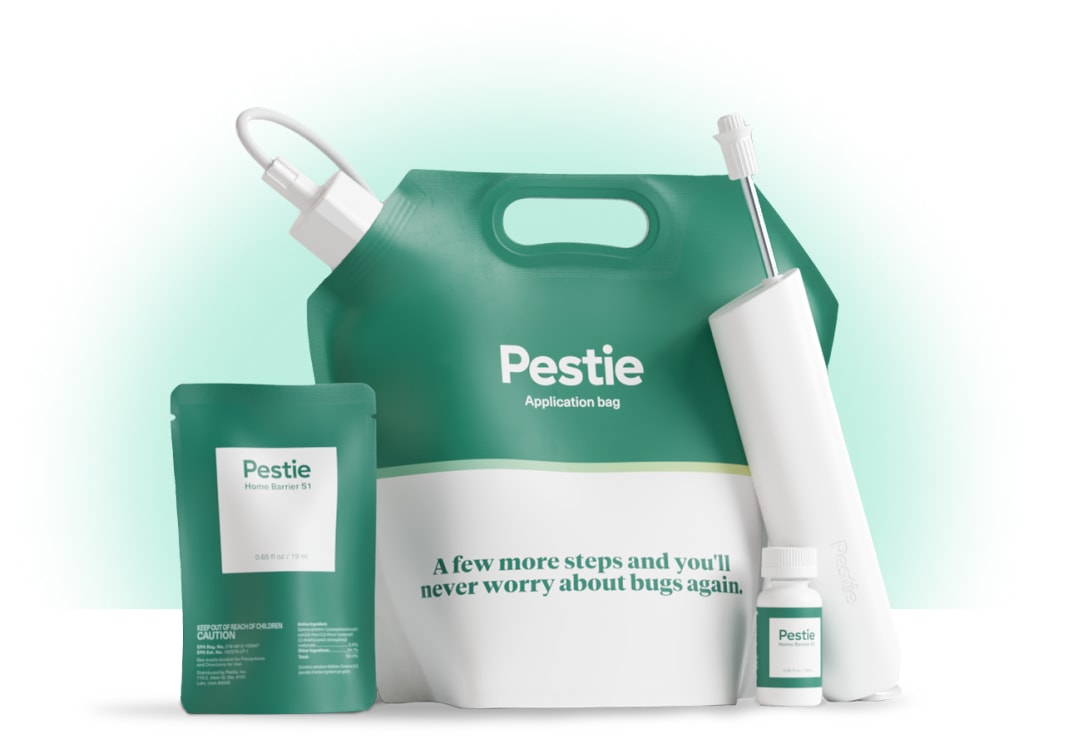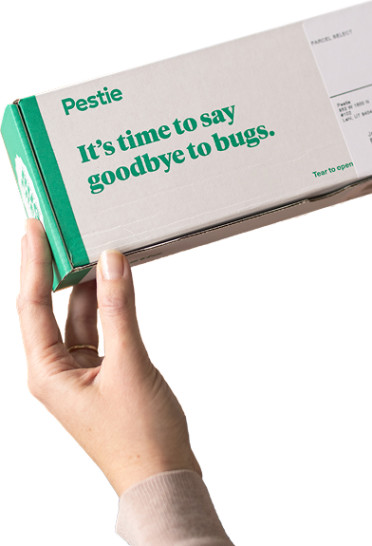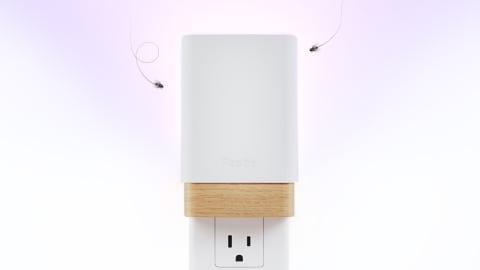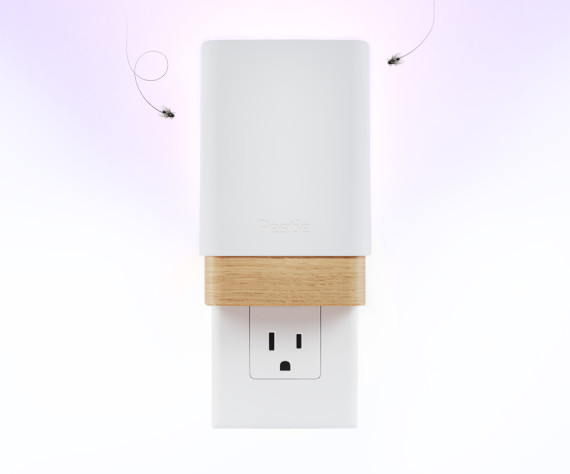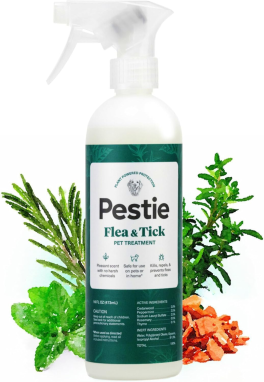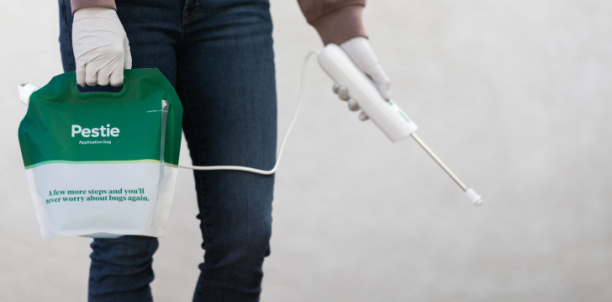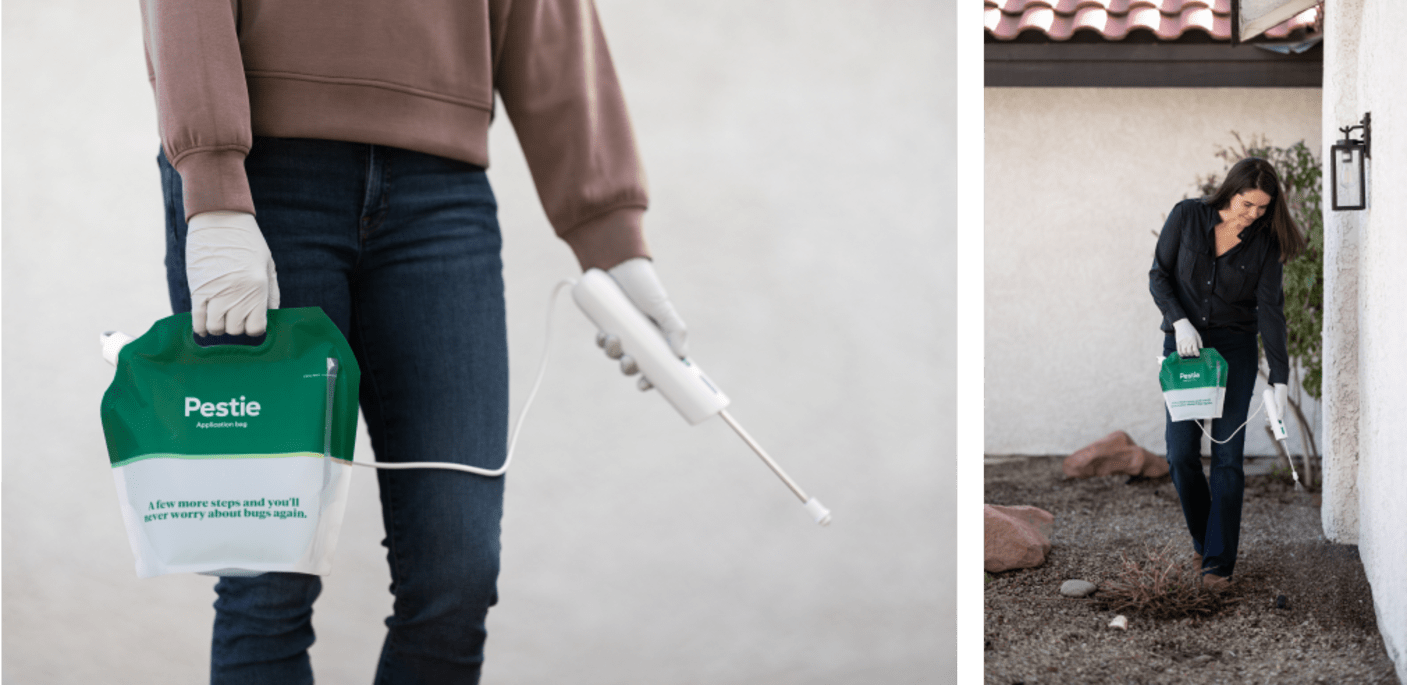How to identify and get rid of pine sawflies
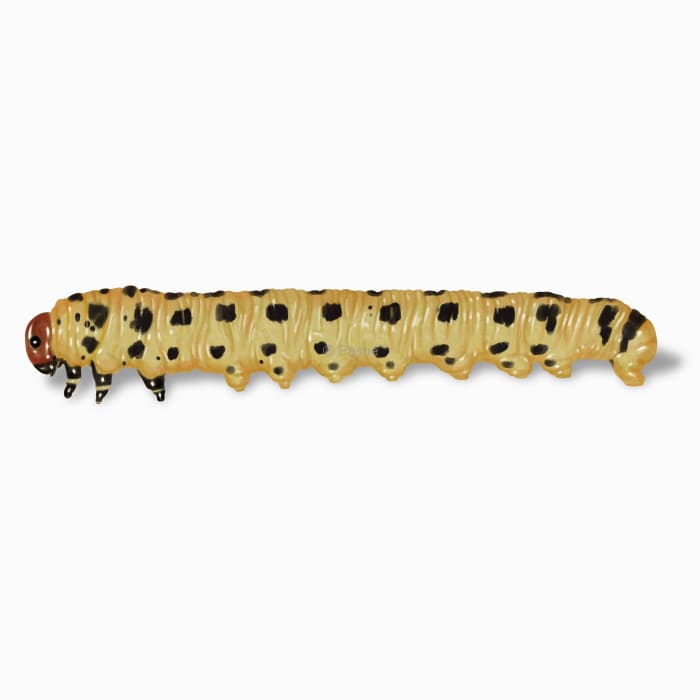
The sawfly solution: keeping your pines safe from pests
Are your pine trees looking a little ragged? Have you noticed patches of needles missing? You might have some pine sawfly neighbors that recently moved in.
But don’t panic! While pine sawflies can strip the needles from your favorite evergreen trees, they don’t typically do enough damage to kill mature trees.
Pine sawflies lay there eggs in pine tree needles. The eggs will look like yellow dots evenly spaced along the needle. What hatches from them may look like a caterpillar, but it’s actually a type of wasp.
The larvae feed on the needles in groups. Younger larvae will only eat the outer layer of the needle, but older larvae will eat the entire needle.
After a few weeks of feeding, they spin cocoons and pupate, eventually emerging as adult sawflies. Eggs are laid in the fall, and hatching occurs in the spring.
How to identify pine sawflies
Pine sawflies are most easily identified by their larvae, which are often green or yellow with distinctive black stripes or dots running down their bodies. These larvae feed in large groups, targeting the needles of pine trees and leaving behind bare patches where the needles have been stripped away. The larvae also will have a black head and 6 pairs of prolegs at the end of the body.
The adults resemble small, dark-colored wasps, but they don’t sting.
How big are pine sawfles?
Pine sawfly larvae can grow up to about 1 inch long, while adult sawflies are around 1/2 inch in length.
Where do pine sawflies live?
Pine sawflies are found throughout the United States, particularly in areas with pine trees, including forests, parks, and residential areas. You’ll find them on pine trees in your yard or garden, especially during the spring and summer when larvae are feeding.
How to get rid of pine sawflies
Pine sawfly infestations can be tricky to deal with, especially if you have them high up on mature pine trees. However, there are a few things you can do to best manage them:
- Handpicking: Inspect your pine trees regularly and remove any sawfly larvae by hand.
- Pruning: Remove and destroy any infested branches or sections of the tree to reduce the sawfly population.
- Maintain tree health: Mature trees can handle some damage done, so make sure you are properly caring for the tree. That way, it can recover from any needle loss.
- Water sprays: Use a strong jet of water to knock the larvae off the trees, making it harder for them to feed.
Treat pine sawflies with Pestie
If you're still having trouble keeping pine sawflies away, the best option is to use a pro-grade, effective pest control solution like Pestie.
Pestie is a do-it-yourself pest control solution that's specially designed to keep pine sawflies and other pests away from your home.
With Pestie, you can rest easy knowing that your living space is protected and free of creepy crawlies. And the best part? It's designed for people, pets, and the planet, so you can say goodbye to harsh chemicals and hello to peace of mind!
- Save hundreds compared to traditional annual pest plans
- People, pet, and planet-friendly
- Pro-grade customized formulas
Quick facts
- Scientific name
Diprion Pini
- Other common names
Common Pine Sawfly
- Colors
Larvae- green, yellow; adults - black
- Life span
1 year
- Diet
Pine needles
How dangerous are Pine Sawflies?
Low danger risk
Pine sawflies do not sting or pose a direct threat to people, but they can cause significant damage to pine trees.
The name sawfly comes from the shape of their ovipositor, or the appendage they use to lay their eggs. A female sawfly’s ovipositor is serrated, or shaped like a saw. She uses that to cut into the pine needles to lay her eggs.
